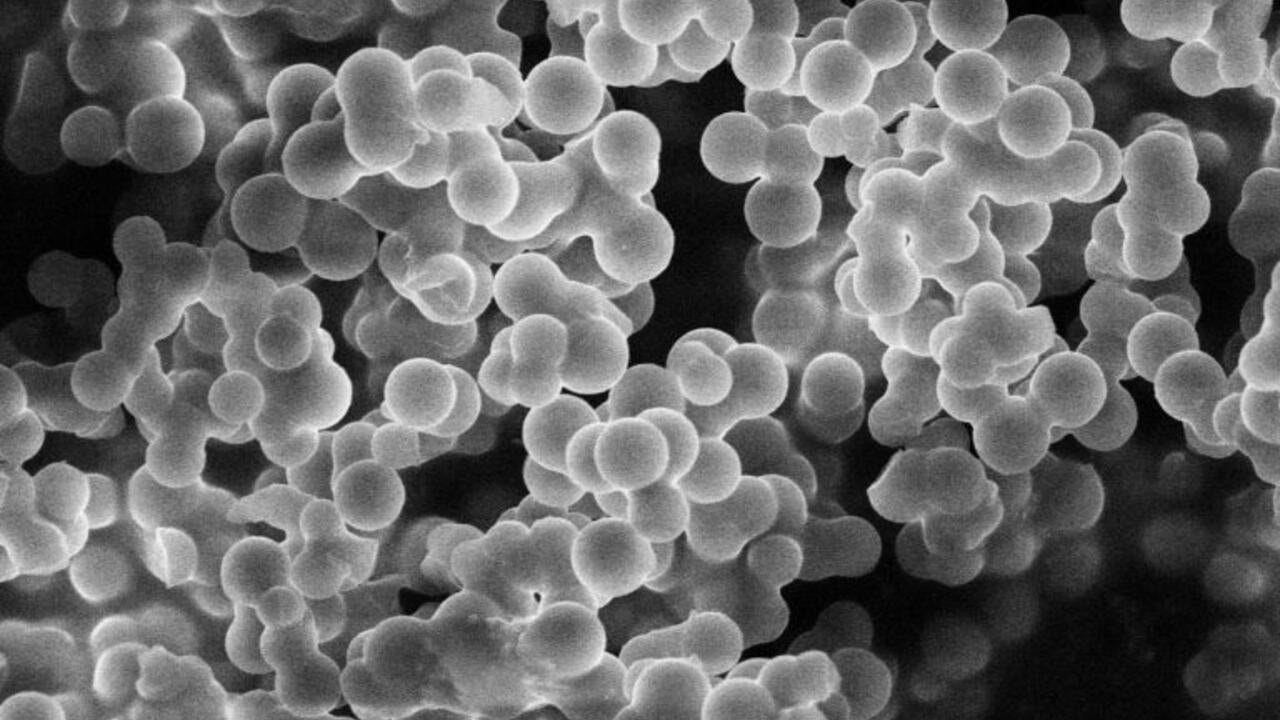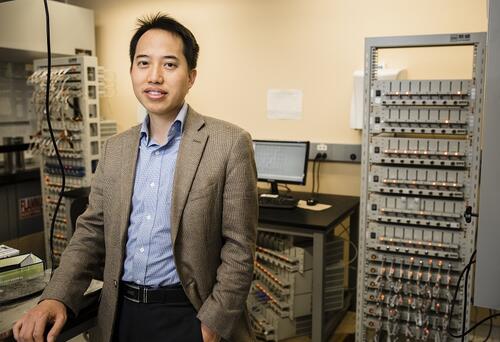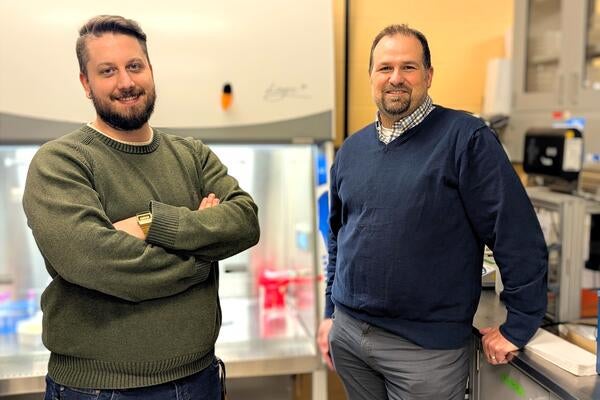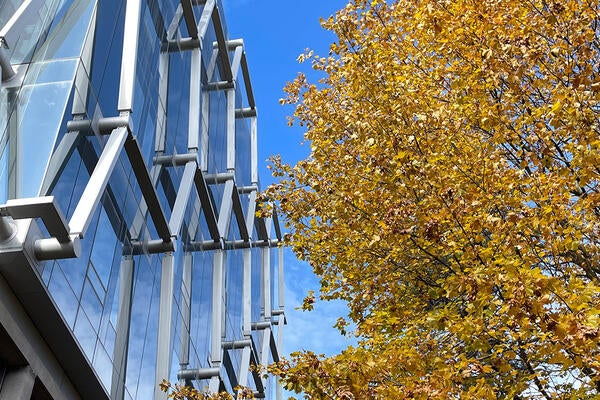
New carbon powder could help fight global warming
A team of researchers led by Waterloo Engineering professor Zhongwei Chen has created an advanced carbon powder to help fight global warming

A team of researchers led by Waterloo Engineering professor Zhongwei Chen has created an advanced carbon powder to help fight global warming
By Brian Caldwell Faculty of EngineeringResearchers at Waterloo Engineering have created a powder that could be used to reduce greenhouse gases at factories and power plants that burn fossil fuels.
The advanced carbon powder, developed using a novel process in the lab of chemical engineering professor Zhongwei Chen, could filter and remove carbon dioxide (CO2) from emissions with almost twice the efficiency of conventional materials.

A team of researchers led by Waterloo Engineering professor Zhongwei Chen has created an advanced carbon powder to help fight global warming.
“This will be more and more important in the future,” said Chen. “We have to find ways to deal with all the CO2 produced by burning fossil fuels.”
The new process, which involves manipulating the size and concentration of pores, could also be used to produce optimized carbon powders for applications including water filtration and energy storage, the other main strand of research in Chen’s lab.
CO2 molecules stick to the surface of carbon when they come in contact with it, a process known as adsorption. Since it is abundant, inexpensive and environmentally friendly, that makes carbon an excellent material to capture CO2, a greenhouse gas that is the primary contributor to global warming.
The researchers, who collaborated with colleagues at several universities in China, set out to improve adsorption performance by manipulating the size and concentration of pores in carbon materials.
The technique they developed uses heat and salt to extract a black carbon powder from plant matter. Carbon spheres that make up the powder have many, many pores and the vast majority of them are less than one-millionth of a metre in diameter.
“The porosity of this material is extremely high,” said Chen, who holds a Tier 1 Canada Research Chair in advanced materials for clean energy. “And because of their size, these pores can capture CO2 very efficiently. The performance is almost doubled.”
Once saturated with carbon dioxide in filters at large point sources such as fossil fuel power plants, the powder would be transported to storage sites and buried in underground geological formations to prevent CO2 release into the atmosphere.
A paper on the CO2 capture work, In-situ ion-activated carbon nanospheres with tunable ultramicroporosity for superior CO2 capture, appears in the journal Carbon.

Engineering master's student Nayeema Nonta (left), one of the three paper authors, and her supervisor, Dr. Sirisha Rambhatla, in a large server room with the computer power needed to develop their new LLM training technique. (University of Waterloo)
Read more
Waterloo researchers develop highly efficient AI training system that paves the way for cheaper, greener “intelligent partners”

Read more
Engineering researchers team up to tackle the plastics pollution problem with microbial innovation and engineering design

Read more
15 University of Waterloo researchers have been named to the annual Highly Cited Researchers™ list for significant contributions to their specific fields of research
Read
Engineering stories
Visit
Waterloo Engineering home
Contact
Waterloo Engineering
The University of Waterloo acknowledges that much of our work takes place on the traditional territory of the Neutral, Anishinaabeg, and Haudenosaunee peoples. Our main campus is situated on the Haldimand Tract, the land granted to the Six Nations that includes six miles on each side of the Grand River. Our active work toward reconciliation takes place across our campuses through research, learning, teaching, and community building, and is co-ordinated within the Office of Indigenous Relations.